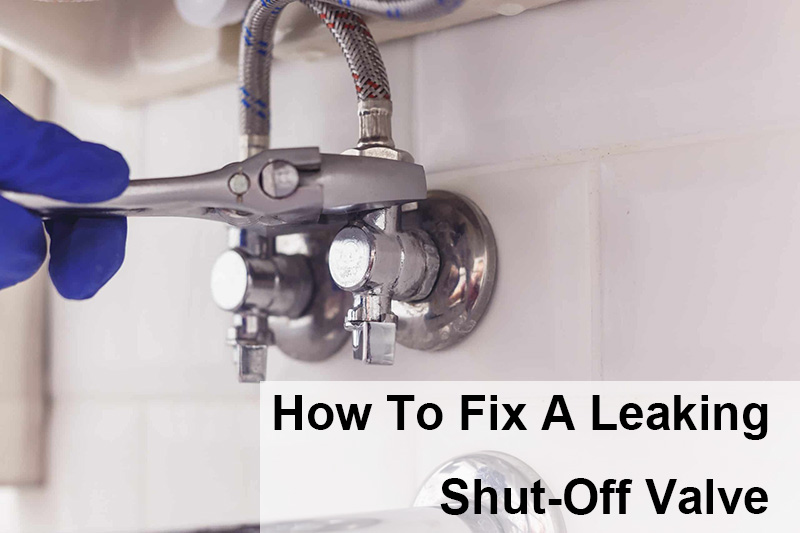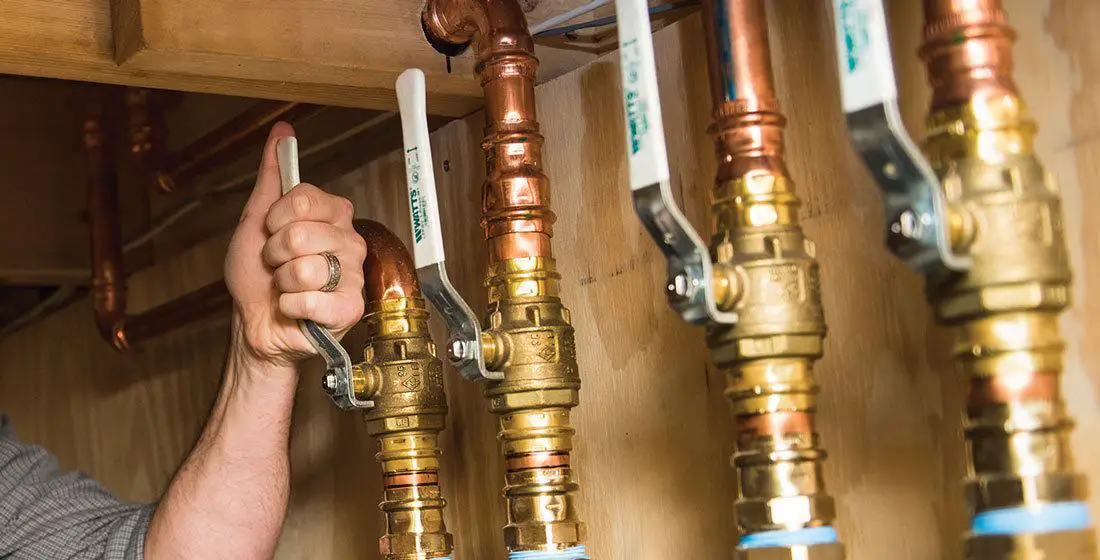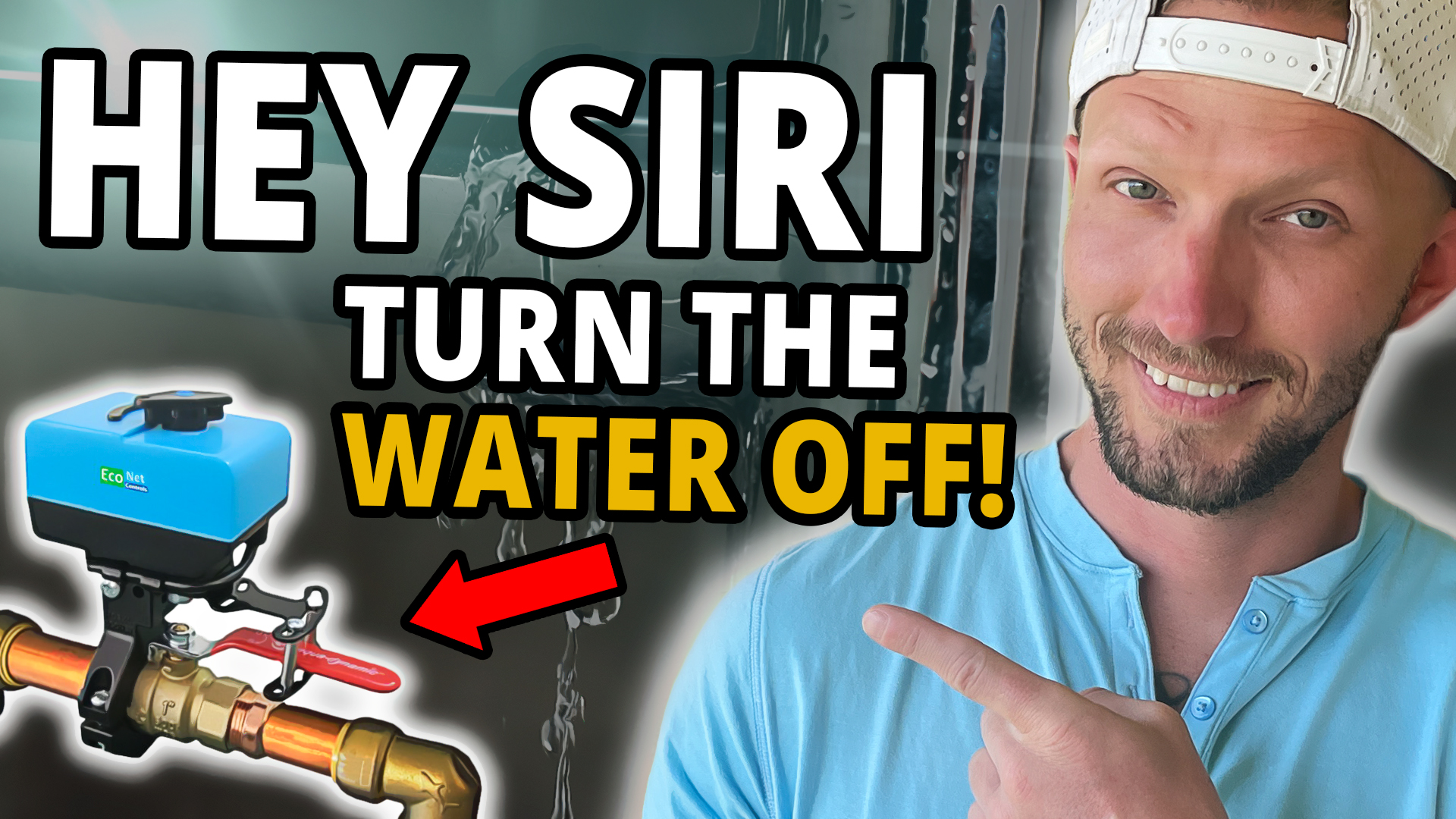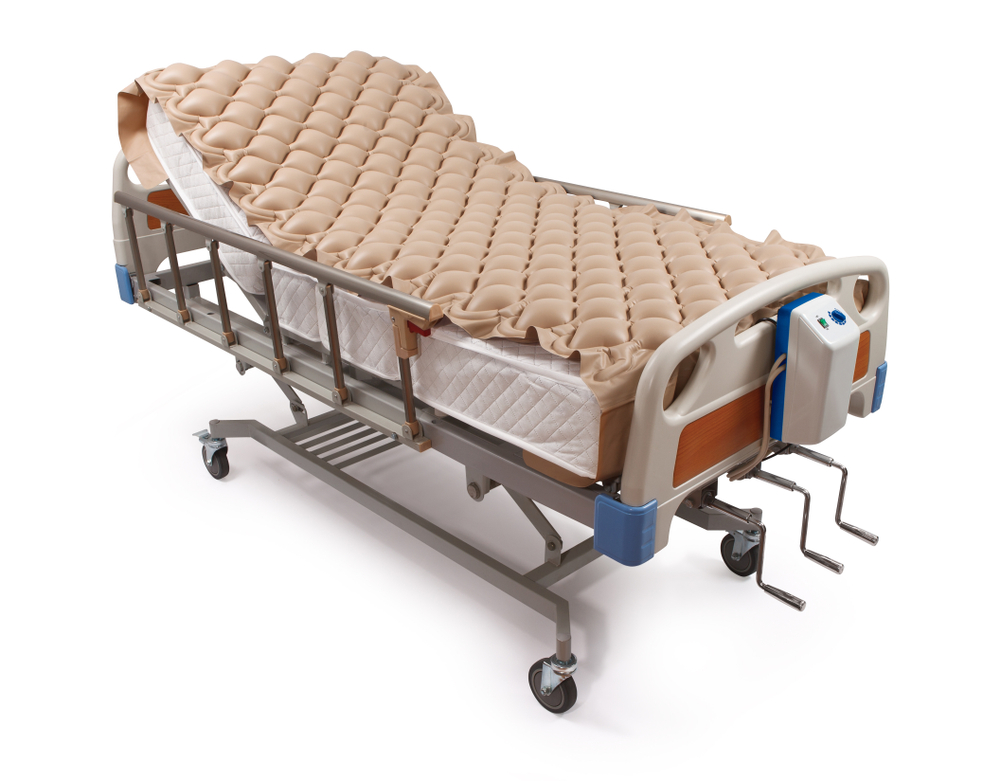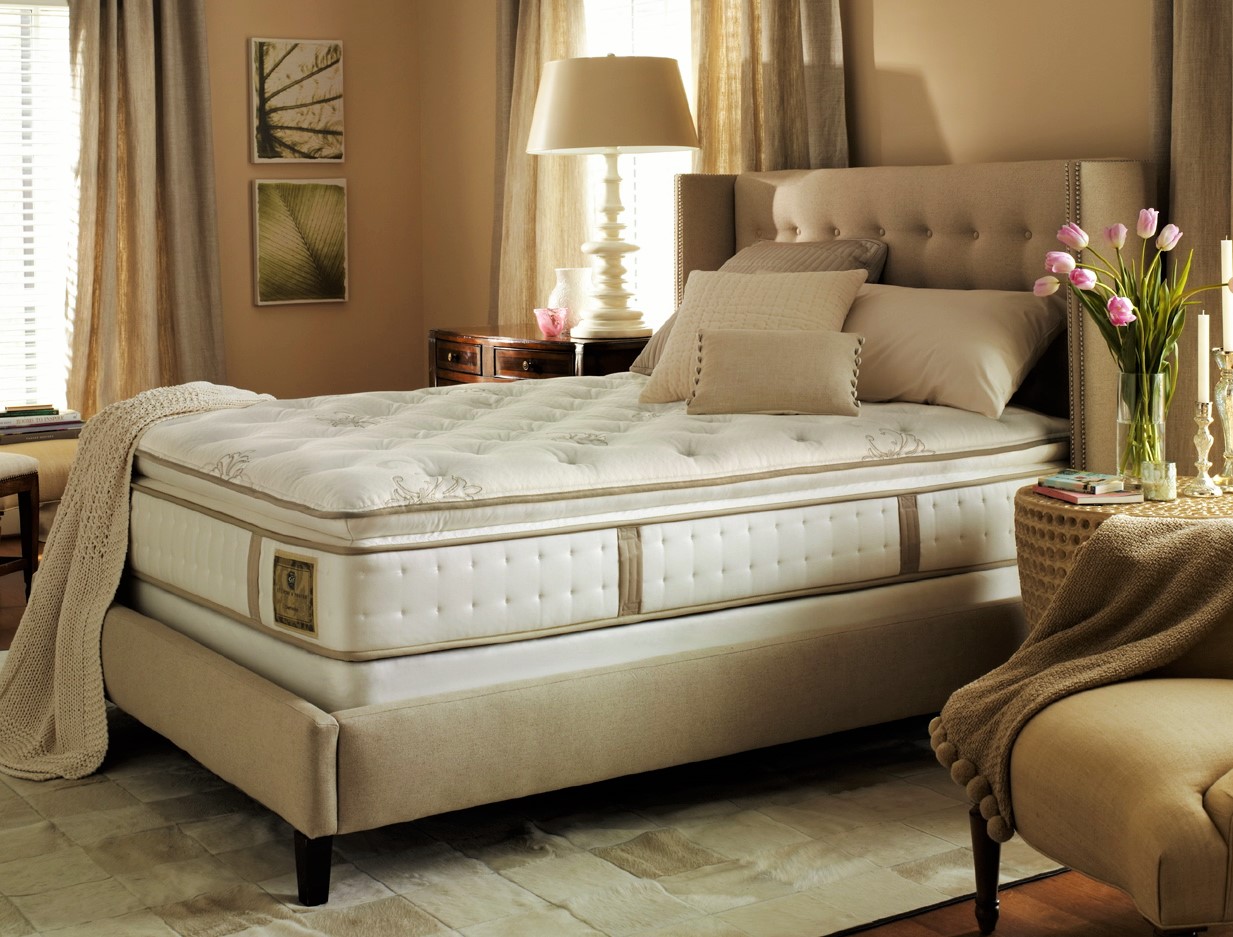Installing a shut-off valve for your kitchen sink and dishwasher is an important step in any plumbing project. This valve allows you to easily shut off the water supply to your sink and dishwasher, making repairs and maintenance much easier. Here's a step-by-step guide on how to install a shut-off valve for your kitchen sink and dishwasher. Step 1: Gather your materials Before you begin, make sure you have all the necessary materials. You will need a shut-off valve, a wrench, plumber's tape, and a bucket or towel to catch any water that may leak during the installation process. Step 2: Shut off the water supply Locate the main water supply valve for your house and turn it off. This will prevent any water from flowing while you install the shut-off valve. Step 3: Prepare the pipes Wrap plumber's tape around the threads of both the shut-off valve and the water supply pipe. This will create a tight seal and prevent any leaks. Step 4: Attach the valve Using a wrench, attach the shut-off valve to the water supply pipe. Make sure it is tightened securely, but be careful not to overtighten as this can cause damage to the valve. Step 5: Connect the pipes Using another piece of plumber's tape, wrap the threads of the other end of the shut-off valve. Then, attach the pipe that leads to your sink and dishwasher to the valve. Again, be sure to tighten it securely but not too tightly. Step 6: Test for leaks Turn the main water supply back on and check for any leaks. If you notice any, tighten the connections further or reapply plumber's tape to create a better seal. Step 7: Install the handle Once you are sure there are no leaks, install the handle for the shut-off valve. This will allow you to easily turn the water supply on and off. Now you have successfully installed a shut-off valve for your kitchen sink and dishwasher. This will make future repairs and maintenance much easier and help prevent any potential water damage.1. How to Install a Shut-Off Valve for a Kitchen Sink and Dishwasher
When it comes to choosing a shut-off valve for your kitchen sink and dishwasher, there are a few different options to consider. Here are some of the best shut-off valves on the market. 1. Quarter-turn ball valve This type of valve has a lever handle that only needs to be turned a quarter of a rotation to shut off the water supply. It is easy to use and has a long lifespan. 2. Compression valve A compression valve uses a rubber washer to create a tight seal. It is a more traditional type of valve and may require more maintenance over time. 3. Push-fit valve Push-fit valves are a newer type of valve that can be installed without any tools. They use a push-to-connect mechanism to create a tight seal. When choosing a shut-off valve, it's important to consider the type of plumbing in your house and the ease of installation. It's also a good idea to invest in a high-quality valve to ensure it will last for many years.2. Best Shut-Off Valves for Kitchen Sinks and Dishwashers
There are a few different options when it comes to installing a shut-off valve for your kitchen sink and dishwasher. Here are some of the most common options to consider. 1. Individual shut-off valves This is the most common type of shut-off valve for kitchen sinks and dishwashers. It is installed on the water supply pipe and allows you to shut off the water to just the sink and dishwasher, leaving the rest of the plumbing in your house unaffected. 2. Dual shut-off valves If your kitchen sink and dishwasher share a water supply line, a dual shut-off valve may be the best option. This type of valve allows you to shut off the water to both the sink and dishwasher at the same time. 3. Inline shut-off valves Inline shut-off valves are installed directly on the water supply line to your sink or dishwasher. They can be useful if you need to shut off the water quickly for a specific appliance. When choosing a shut-off valve, consider the layout of your plumbing and which option will be most convenient for your needs.3. Shut-Off Valve Options for Kitchen Sink and Dishwasher Installations
If you have an old or malfunctioning shut-off valve for your kitchen sink and dishwasher, it may be necessary to replace it. Here is a step-by-step guide on how to do this. Step 1: Gather your materials You will need a new shut-off valve, a wrench, plumber's tape, and a bucket or towel to catch any water that may leak during the process. Step 2: Shut off the water supply Turn off the main water supply valve for your house. Step 3: Remove the old valve Using a wrench, loosen and remove the connections on both ends of the old shut-off valve. Then, remove the valve from the water supply pipe. Step 4: Prepare the new valve Wrap plumber's tape around the threads of the new shut-off valve. Step 5: Attach the new valve Using a wrench, attach the new valve to the water supply pipe. Make sure it is tightened securely. Step 6: Connect the pipes Wrap plumber's tape around the threads of the other end of the new shut-off valve. Then, connect the pipe that leads to your sink and dishwasher to the valve and tighten it securely. Step 7: Test for leaks Turn the main water supply back on and check for any leaks. If you notice any, tighten the connections further or reapply plumber's tape. Step 8: Install the handle Once you are sure there are no leaks, install the handle for the new shut-off valve. Replacing a shut-off valve for your kitchen sink and dishwasher may seem intimidating, but it is a relatively simple process that can save you from potential water damage in the future.4. Step-by-Step Guide for Replacing a Shut-Off Valve for Kitchen Sink and Dishwasher
Like any plumbing component, shut-off valves for kitchen sinks and dishwashers can experience some common problems. Here are a few to be aware of. 1. Leaks The most common problem with shut-off valves is leaks. This can be caused by loose connections, worn out washers, or damaged valves. It's important to address leaks as soon as possible to prevent water damage. 2. Difficulty turning the valve Over time, shut-off valves can become difficult to turn, making it hard to shut off the water supply. This is often caused by mineral buildup or corrosion. Regular maintenance can help prevent this issue. 3. Frozen shut-off valve In colder climates, shut-off valves can freeze in the winter. This can cause the valve to become stuck and difficult to turn. To prevent this, it's important to properly winterize your shut-off valves. If you encounter any of these problems with your shut-off valve, it's best to address them as soon as possible to prevent further damage.5. Common Problems with Shut-Off Valves for Kitchen Sinks and Dishwashers
As mentioned earlier, leaks are a common problem with shut-off valves for kitchen sinks and dishwashers. Here's a step-by-step guide on how to fix a leaking shut-off valve. Step 1: Turn off the water supply Before attempting to fix a leaking shut-off valve, turn off the main water supply to your house. Step 2: Tighten the connections Using a wrench, tighten the connections on both ends of the shut-off valve. This may solve the issue if the leak is caused by loose connections. Step 3: Replace the washer If the leak persists, the washer inside the valve may be worn out. Shut off the water supply again and replace the washer to create a new seal. Step 4: Replace the valve In some cases, the entire shut-off valve may need to be replaced if it is damaged or worn out beyond repair. Fixing a leaking shut-off valve for your kitchen sink and dishwasher can be a relatively simple DIY project, but if you are unsure or uncomfortable with the process, it's always best to hire a professional plumber.6. How to Fix a Leaking Shut-Off Valve for Kitchen Sink and Dishwasher
When it comes to choosing a shut-off valve for your kitchen sink and dishwasher, it's important to select a high-quality brand. Here are some of the top brands to consider. 1. SharkBite SharkBite is a leading brand for plumbing fittings, including shut-off valves. They are known for their durability and easy installation. 2. Watts Watts offers a wide range of shut-off valves for various plumbing needs. They are known for their high-quality materials and reliable performance. 3. Mueller Mueller is a trusted brand for plumbing products, including shut-off valves. They offer a variety of options and have a reputation for durability. When choosing a brand, it's important to research their reputation and read reviews to ensure you are getting a quality product.7. Top Brands for Shut-Off Valves for Kitchen Sinks and Dishwashers
Some homeowners may wonder if they need a shut-off valve for their kitchen sink and dishwasher or if the water supply line alone is sufficient. The answer is that both are important components for your plumbing system. The water supply line brings water into your home and distributes it to various fixtures, including your kitchen sink and dishwasher. The shut-off valve allows you to easily shut off the water supply to these specific fixtures, making repairs and maintenance much easier. While the water supply line is necessary for bringing water into your home, a shut-off valve is an important addition that can save you time and hassle in the long run.8. Shut-Off Valve vs. Water Supply Line for Kitchen Sink and Dishwasher
In colder climates, it's important to properly winterize your shut-off valves to prevent them from freezing and causing damage. Here's how to do it. Step 1: Turn off the water supply Before winterizing your shut-off valves, turn off the main water supply to your house. Step 2: Drain the pipes Open all faucets and let the water drain from the pipes. This will prevent any remaining water from freezing and causing damage. Step 3: Insulate the valves Wrap the shut-off valves with insulation, such as foam pipe covers, to protect them from freezing temperatures. Step 4: Cover outdoor valves If you have outdoor shut-off valves, make sure to cover them with insulated covers to protect them from freezing weather. Properly winterizing your shut-off valves is an important step in maintaining your plumbing system and preventing costly damage.9. How to Winterize Shut-Off Valves for Kitchen Sinks and Dishwashers
When it comes to choosing the right shut-off valve for your kitchen sink and dishwasher, here are a few tips to keep in mind. 1. Consider the type of plumbing in your house Make sure to choose a shut-off valve that is compatible with the type of plumbing in your house. This will ensure a proper fit and prevent any leaks. 2. Think about the layout of your plumbing The layout of your plumbing will also play a role in which shut-off valve is best for your kitchen sink and dishwasher. Consider the location of the main water supply and the pipes leading to your sink and dishwasher. 3. Don't skimp on quality Investing in a high-quality shut-off valve may cost more upfront, but it will save you time and money in the long run. Cheap valves may wear out quickly and cause more issues in the future. 4. Consider ease of installation10. Tips for Choosing the Right Shut-Off Valve for Your Kitchen Sink and Dishwasher
The Importance of a Shut Off Valve for a Kitchen Sink and Dishwasher

Why You Need a Shut Off Valve
 When it comes to designing or renovating your kitchen, there are many important factors to consider. From the layout and appliances to the color scheme and flooring, every aspect plays a crucial role in creating a functional and visually appealing space. However, one aspect that often gets overlooked is the shut off valve for your kitchen sink and dishwasher. While it may not seem like a significant feature, a shut off valve is an essential component of any kitchen design.
Prevent Water Damage
One of the main reasons why a shut off valve is necessary for your kitchen sink and dishwasher is to prevent water damage. In the event of a leak or burst pipe, having a shut off valve allows you to quickly and easily turn off the water supply to your sink and dishwasher. This can save you from expensive repairs and potential water damage to your kitchen and home.
Convenient Maintenance
A shut off valve also makes maintenance and repairs easier for your kitchen sink and dishwasher. Instead of shutting off the main water supply to your entire house, you can simply turn off the shut off valve for your sink and dishwasher. This not only saves you time but also allows you to continue using water in other areas of your home while the repairs are being made.
Efficient Water Usage
Another benefit of having a shut off valve for your kitchen sink and dishwasher is that it promotes efficient water usage. With a shut off valve, you can control the water flow to your sink and dishwasher, preventing any excess water from being wasted. This not only helps to conserve water but also reduces your water bill in the long run.
When it comes to designing or renovating your kitchen, there are many important factors to consider. From the layout and appliances to the color scheme and flooring, every aspect plays a crucial role in creating a functional and visually appealing space. However, one aspect that often gets overlooked is the shut off valve for your kitchen sink and dishwasher. While it may not seem like a significant feature, a shut off valve is an essential component of any kitchen design.
Prevent Water Damage
One of the main reasons why a shut off valve is necessary for your kitchen sink and dishwasher is to prevent water damage. In the event of a leak or burst pipe, having a shut off valve allows you to quickly and easily turn off the water supply to your sink and dishwasher. This can save you from expensive repairs and potential water damage to your kitchen and home.
Convenient Maintenance
A shut off valve also makes maintenance and repairs easier for your kitchen sink and dishwasher. Instead of shutting off the main water supply to your entire house, you can simply turn off the shut off valve for your sink and dishwasher. This not only saves you time but also allows you to continue using water in other areas of your home while the repairs are being made.
Efficient Water Usage
Another benefit of having a shut off valve for your kitchen sink and dishwasher is that it promotes efficient water usage. With a shut off valve, you can control the water flow to your sink and dishwasher, preventing any excess water from being wasted. This not only helps to conserve water but also reduces your water bill in the long run.
The Different Types of Shut Off Valves
 There are two main types of shut off valves that are commonly used for kitchen sinks and dishwashers: ball valves and gate valves. Ball valves have a lever handle that allows you to easily turn the water on and off. They are durable and reliable, making them a popular choice for shut off valves. Gate valves, on the other hand, use a wheel or knob to turn the water on and off. While they are also effective, they are more prone to leaks and may require more maintenance.
Proper Installation is Key
When it comes to installing a shut off valve for your kitchen sink and dishwasher, it is important to hire a professional. Improper installation can lead to leaks and other issues, defeating the purpose of having a shut off valve in the first place. A professional plumber will not only ensure that the valve is installed correctly, but they will also recommend the best type of shut off valve for your specific needs.
In conclusion, a shut off valve for your kitchen sink and dishwasher is an essential aspect of any well-designed kitchen. It not only protects your home from potential water damage, but it also promotes efficient water usage and makes maintenance and repairs easier. So when planning your kitchen design, don't forget to include a shut off valve to ensure a functional and safe space for years to come.
There are two main types of shut off valves that are commonly used for kitchen sinks and dishwashers: ball valves and gate valves. Ball valves have a lever handle that allows you to easily turn the water on and off. They are durable and reliable, making them a popular choice for shut off valves. Gate valves, on the other hand, use a wheel or knob to turn the water on and off. While they are also effective, they are more prone to leaks and may require more maintenance.
Proper Installation is Key
When it comes to installing a shut off valve for your kitchen sink and dishwasher, it is important to hire a professional. Improper installation can lead to leaks and other issues, defeating the purpose of having a shut off valve in the first place. A professional plumber will not only ensure that the valve is installed correctly, but they will also recommend the best type of shut off valve for your specific needs.
In conclusion, a shut off valve for your kitchen sink and dishwasher is an essential aspect of any well-designed kitchen. It not only protects your home from potential water damage, but it also promotes efficient water usage and makes maintenance and repairs easier. So when planning your kitchen design, don't forget to include a shut off valve to ensure a functional and safe space for years to come.

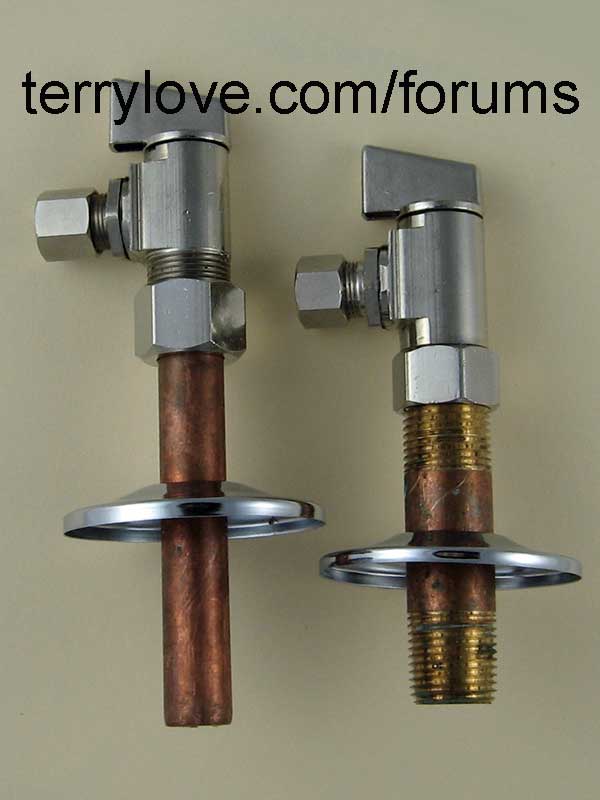




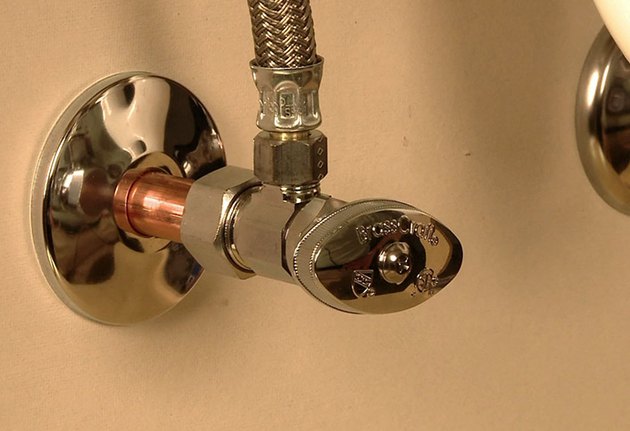




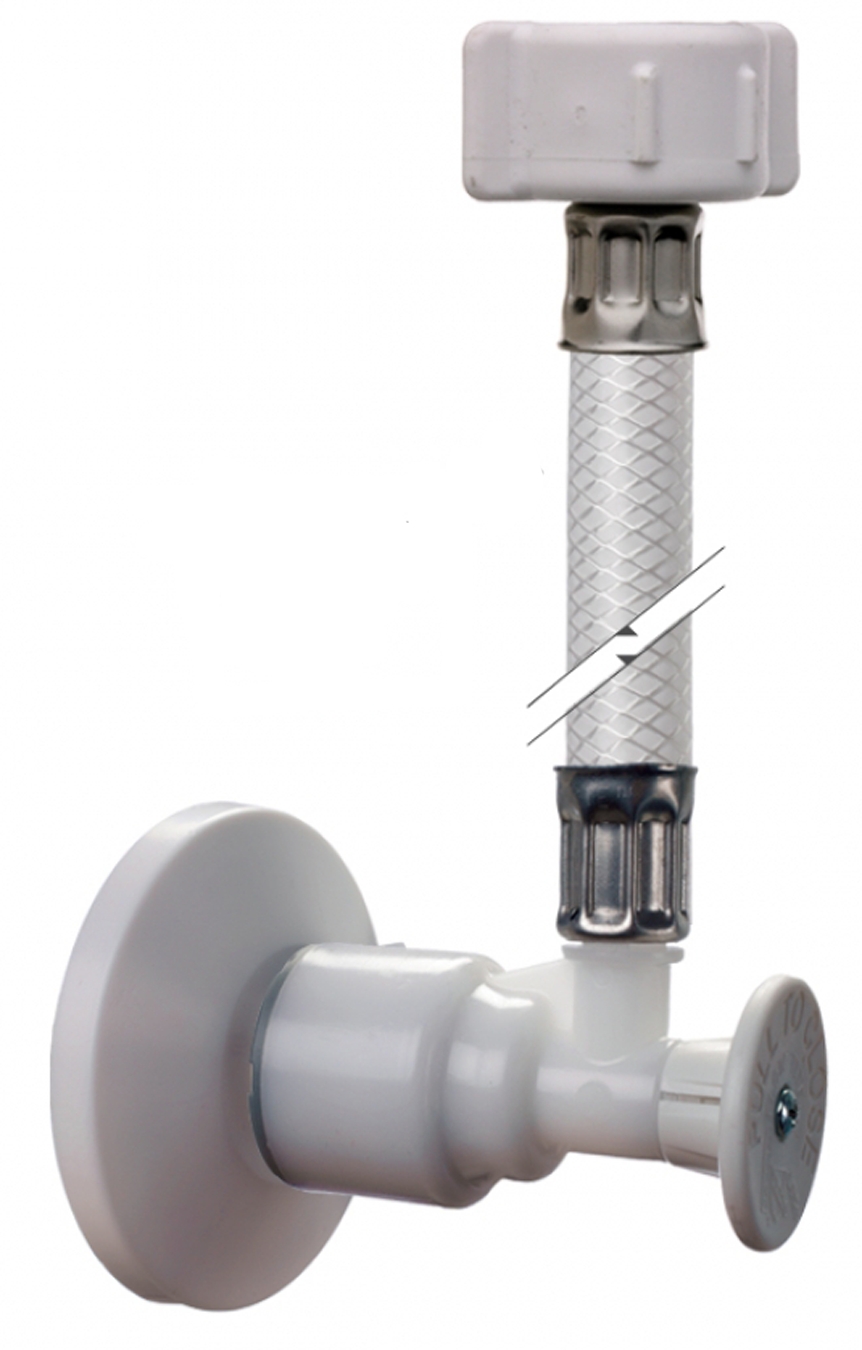


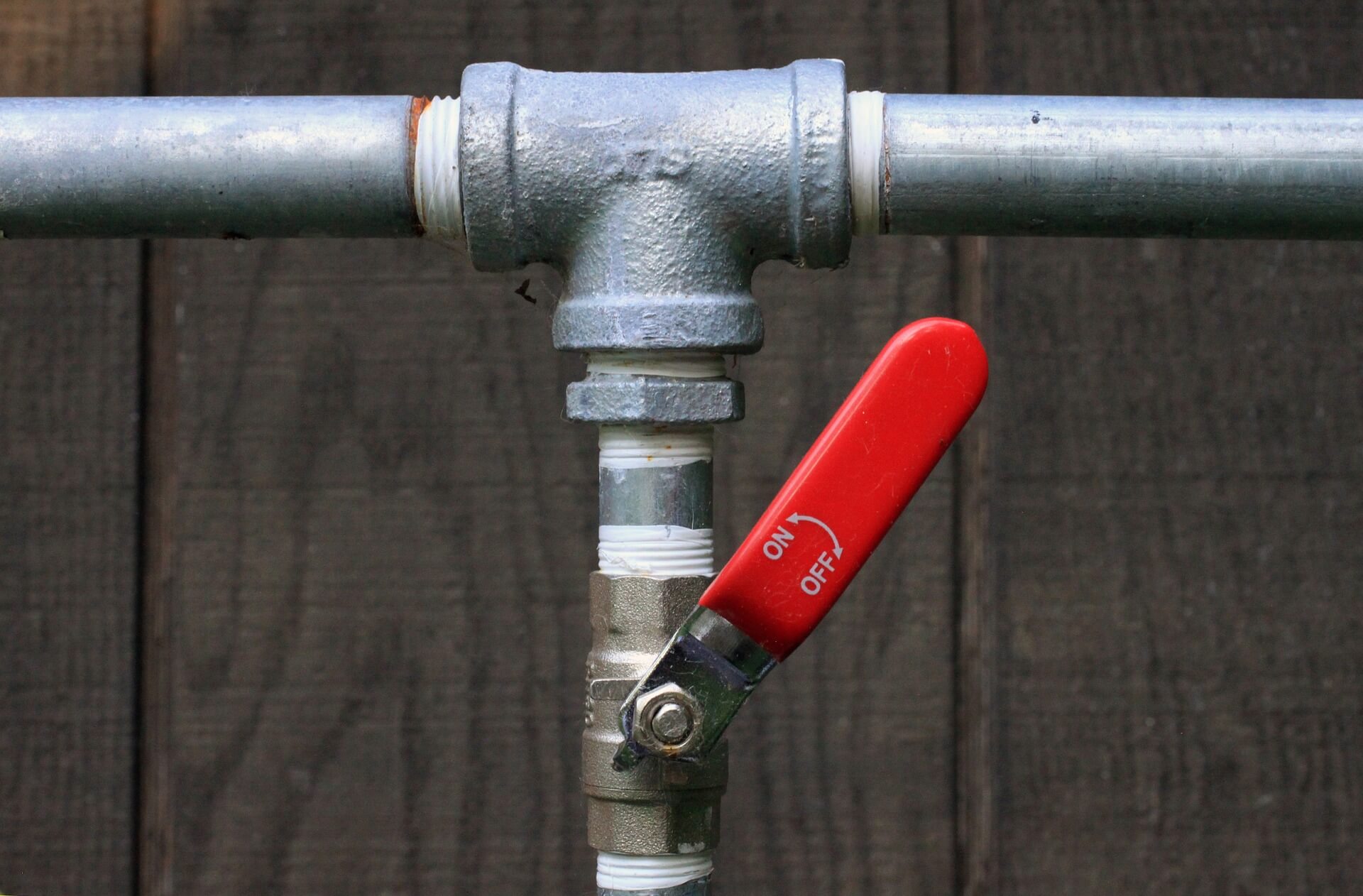
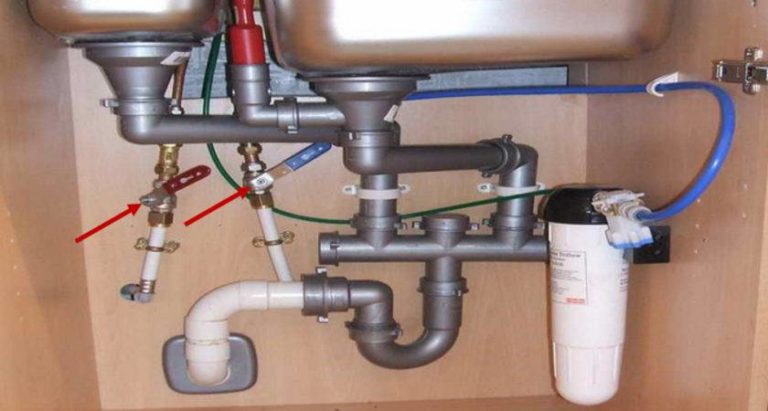










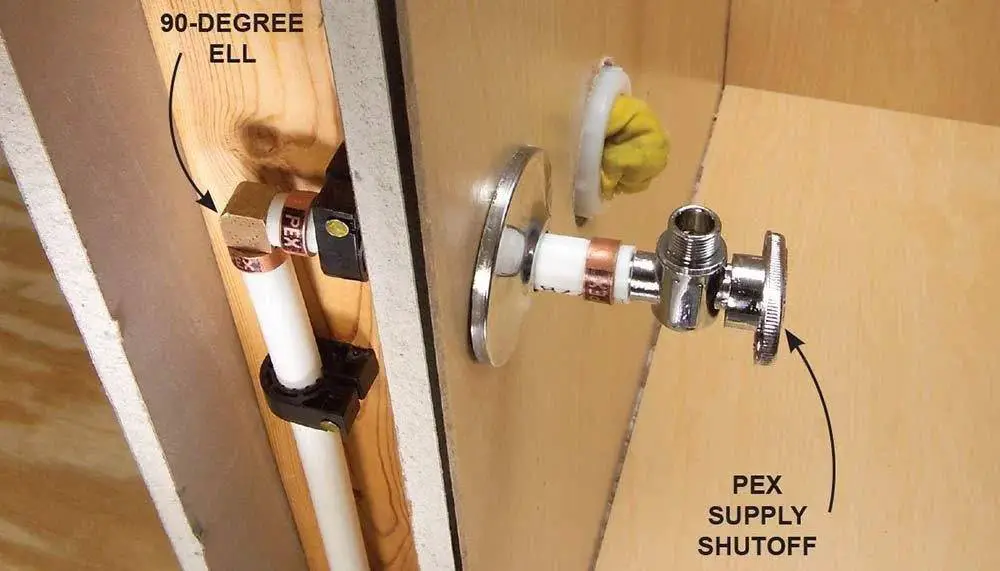


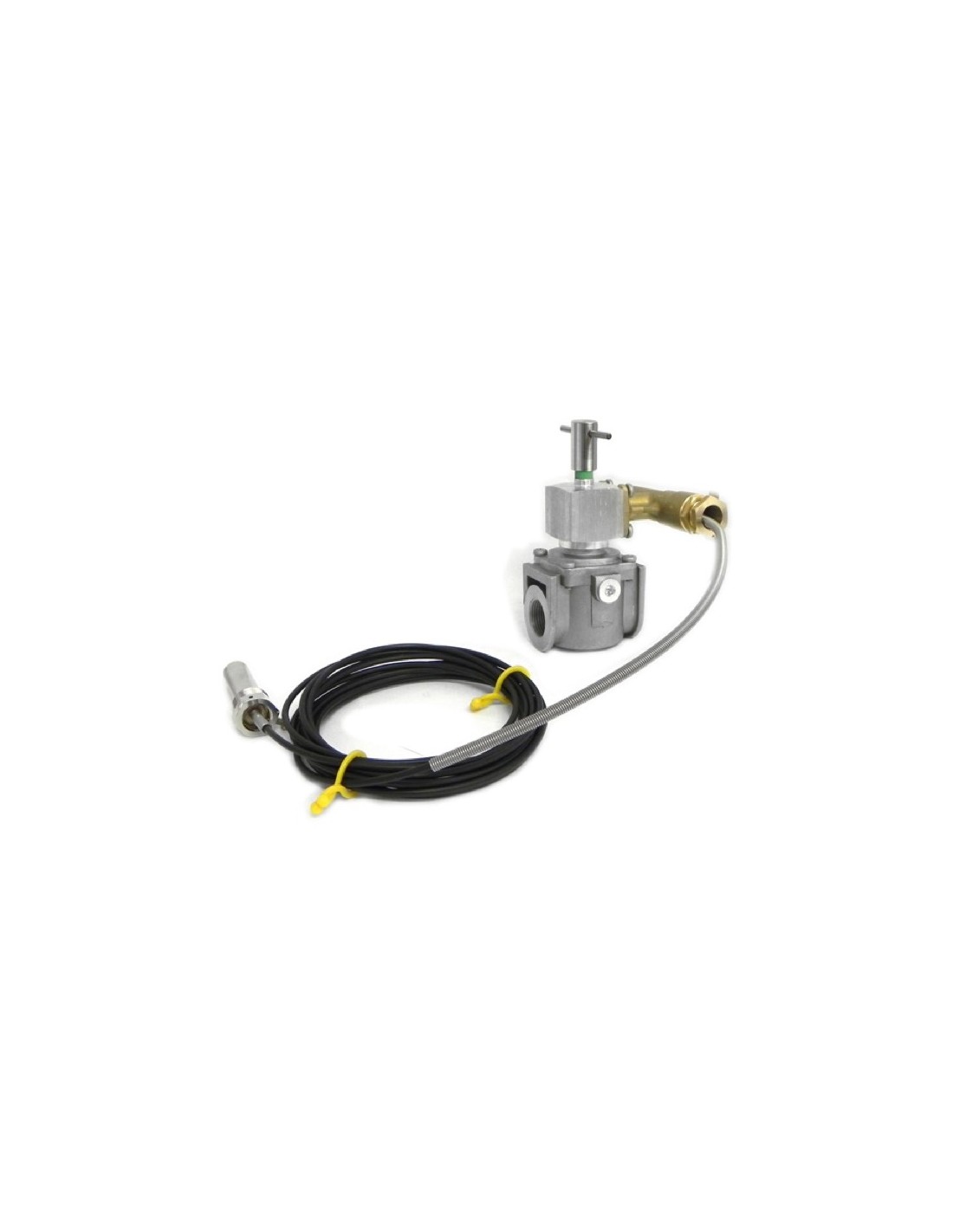
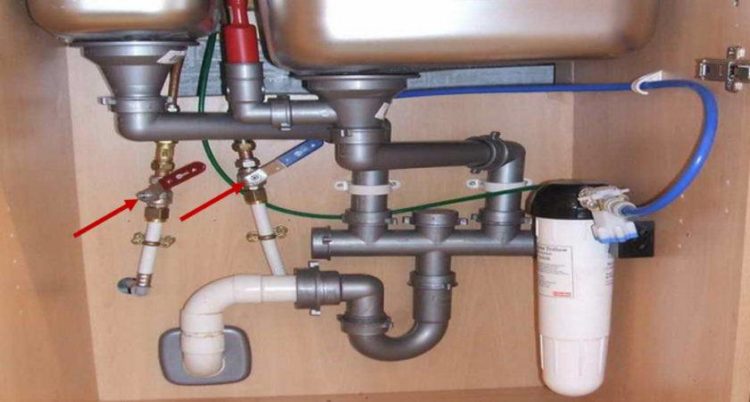
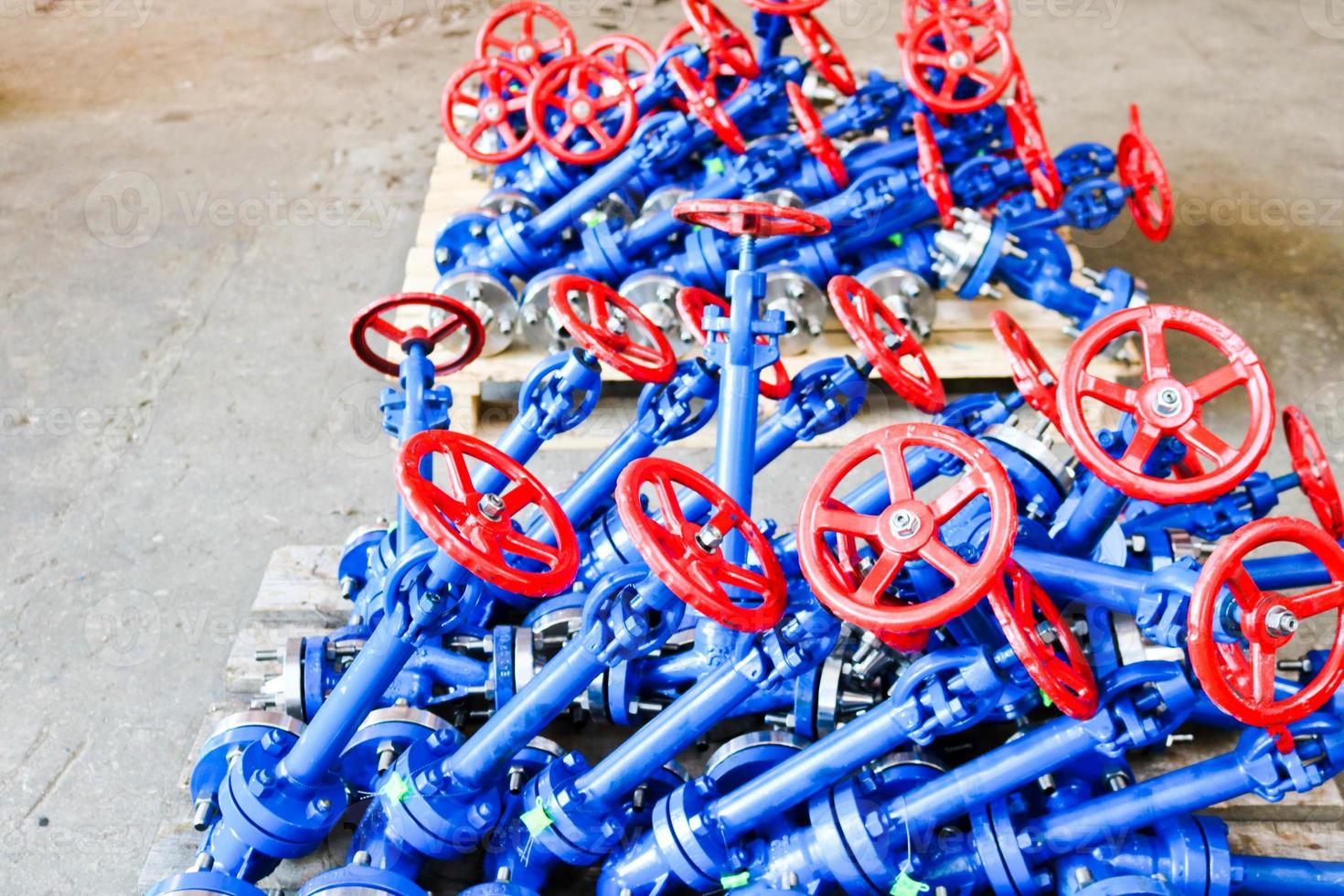






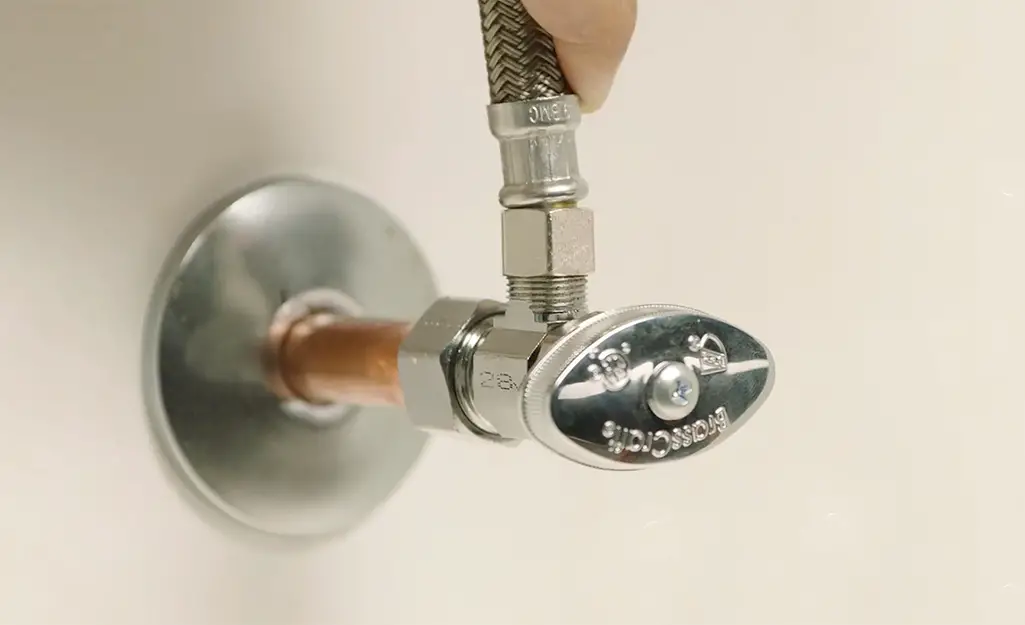






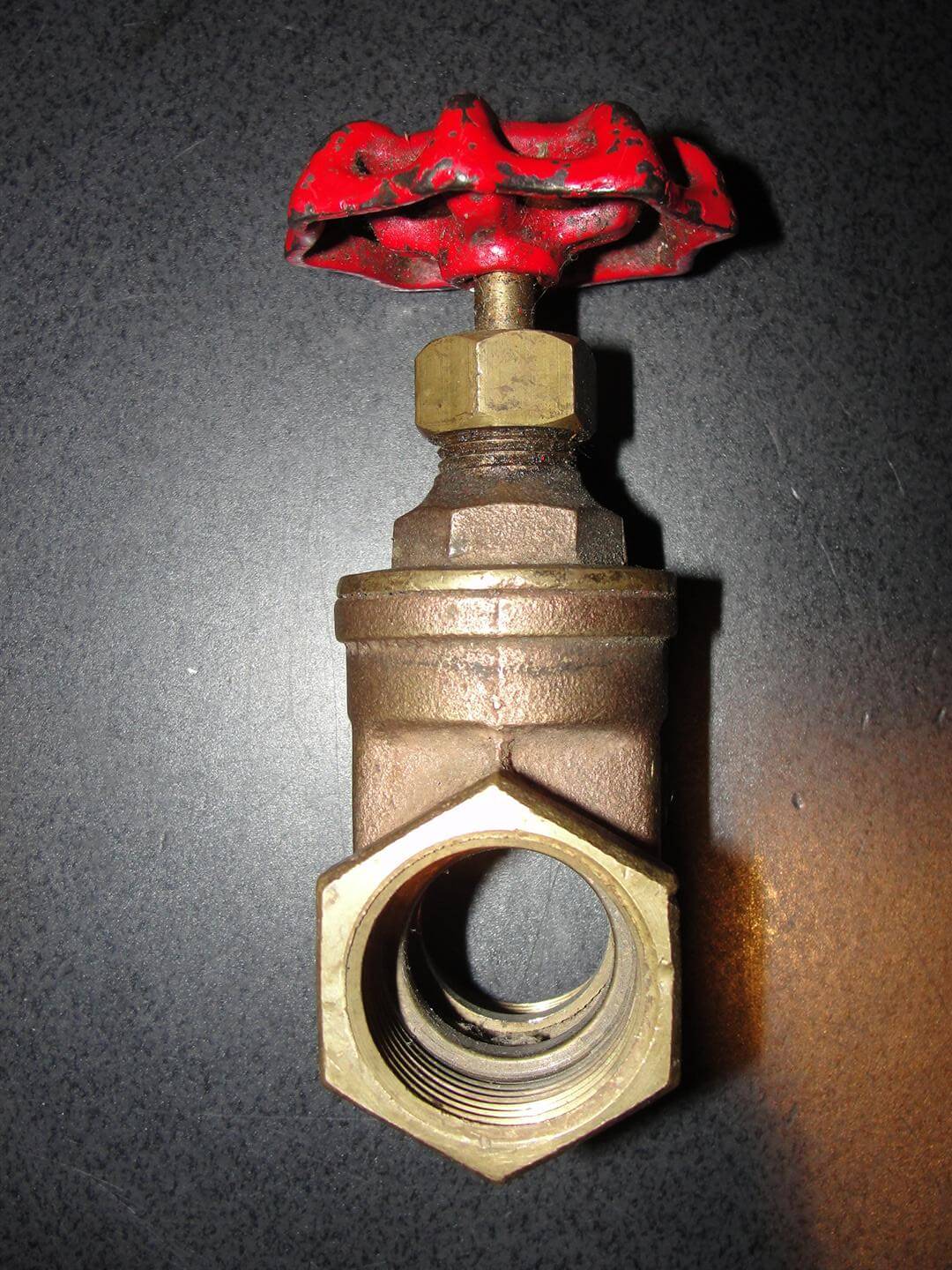


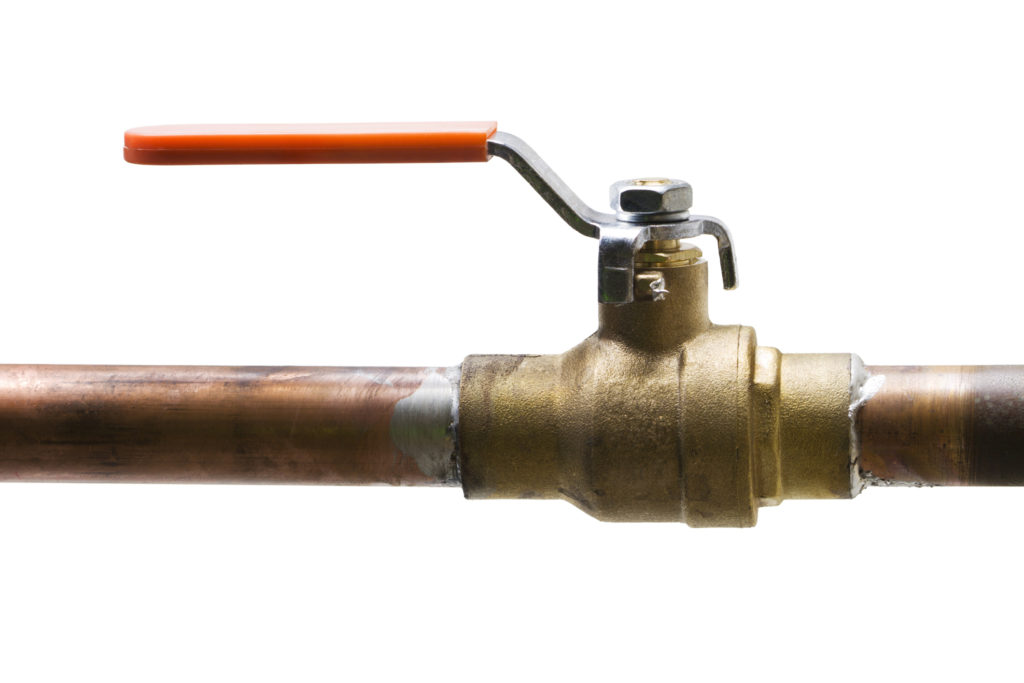
:max_bytes(150000):strip_icc()/water-shut-off-valve-types-2718739-hero-fff0f5191aeb45d595492f8c9b4b4be2.jpg)

:max_bytes(150000):strip_icc()/water-shut-off-valve-types-2718739-01-b1e2d725b53447a2abc9ac511f7e5da7.jpg)

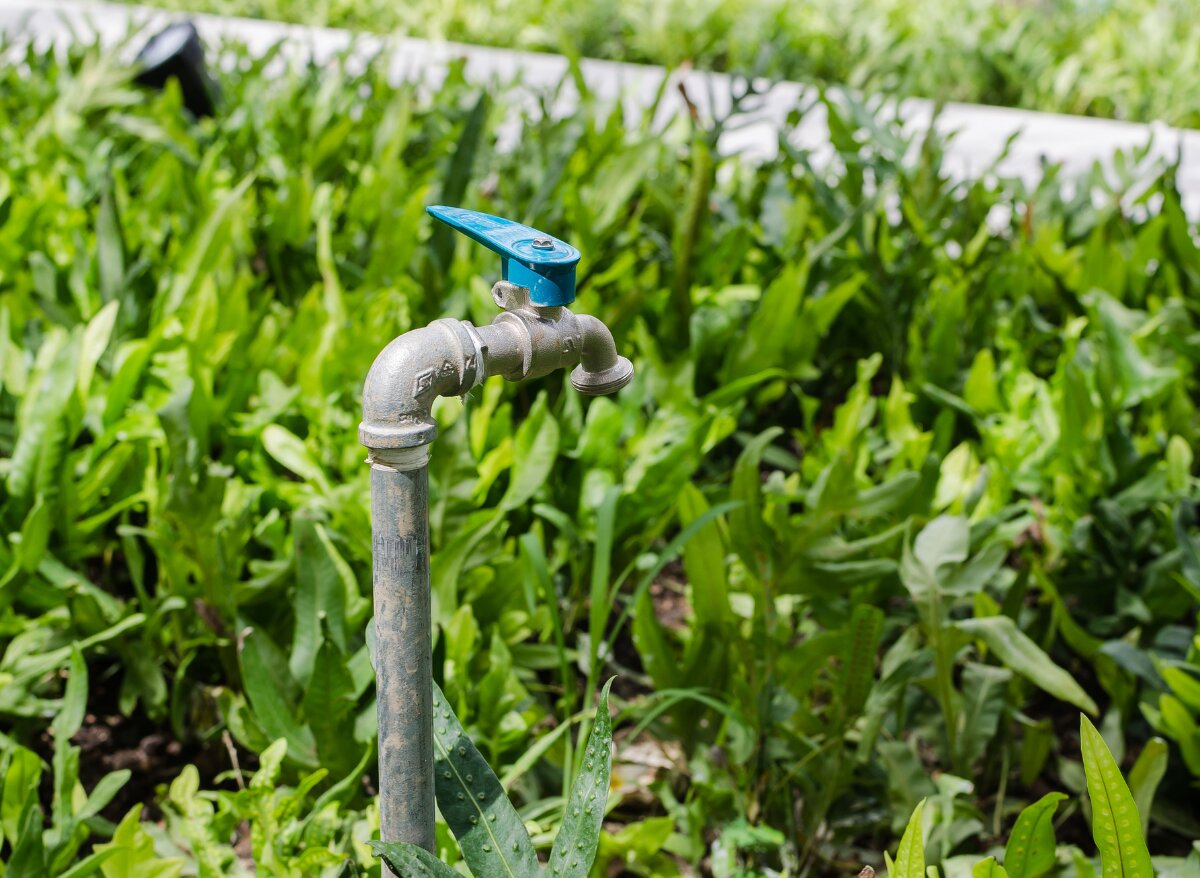
:max_bytes(150000):strip_icc()/under-sink-shut-off-valves-2718738-05-c32d99b32ae84b949ef8c73d88058c01.jpg)





